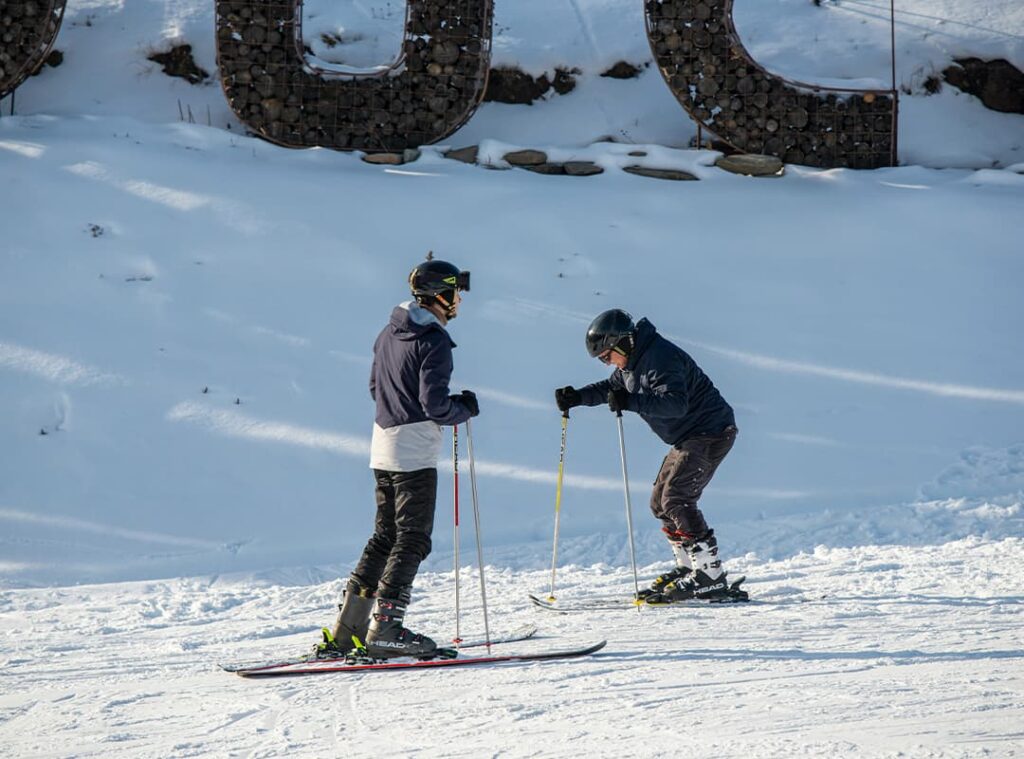Cross-country skiing is a winter sport that involves running on skis over difficult terrain. The athlete must visit the control points marked on the map in a given order. The path of movement between the control points is free. Similar to orienteering disciplines, which are common in summer, ski orienteering places extremely high demands on athletes, both in terms of physical fitness and mental stress. Successful performance in orienteering is possible if the orienteer is a good skier and can read a map well: the athlete has to make hundreds of decisions about the choice of the route at high speed during each race.The terrain is marked by a network of pistes of different quality, which is depicted on the map with additional symbols. During the competition, the orienteer has to make a choice of the path, taking into account the quality of the piste, the length and the height difference of each segment.
In terms of physical exertion, orienteering can be compared to marathon running or long-distance ski racing. To succeed in orienteering, an athlete must be proficient in all skiing techniques: classical and freestyle, as well as alpine skiing In Ukraine, another type of orienteering is also common: on a marked track. A single ski track is laid out on the ground, along which control points are set up. The participant who receives a “blank” (i.e., without a course) map at the start must correctly mark the location of the control points on the map while traveling the course. Mistakes are penalized in the form of additional time or penalty laps. This type of orienteering requires a very good command of orienteering technique and constant concentration of the athlete during the race.
SKI EQUIPMENT: orienteers use the same equipment as racing skiers: overalls, boots, poles, skis.
MAP TABLET: A special map tablet consisting of a chest mount and a turntable that frees the hands for ski poles and allows you to read the map at speed.
MAP: the participant receives a special thematic map at the start, which additionally shows:
- the course in red;
- the network of ski runs in green.
The map contains detailed information on how to choose the best route: the quality of the piste, the height difference, and the length of the sections.
COMPASS: Usually only the compass bulb is used, which is attached to the tablet or to the skier’s arm.
CONTROL CARD: A control card is attached to the athlete’s arm. At each checkpoint, the participant makes a mark as proof of passing the checkpoint. Orienteering on bicycles (abbreviated international name – MTBO, from the English name Mountain bike orienteering) is a cyclic sport that is of interest to both orienteers and mountain bike enthusiasts. In this sport, the most important abilities of orienteers are such as choosing a route and memorizing a map. Excellent bike handling technique and the ability to control the bike on steep slopes while riding both uphill and downhill are absolute prerequisites for success in high-level competitions.
